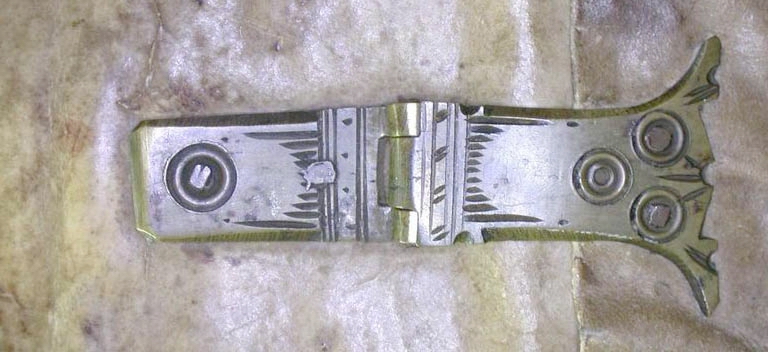This website contains images of, and information about, the Petrus Cadé Herbarium made in 1566. The collection is highly significant. Firstly, for its comprehensive representation of medicinal plants used in 16th century Europe. Secondly, for being the oldest known Herbarium of the linguistic Dutch area; at that time including the Netherlands, Belgium, and France until Boulonnais, Pas de Calais. This Herbarium in book form contains a collection of dried plants, a Hortus Siccus. The plants in this Herbarium are all medicinal, and ordered roughly according to the ‘Cruijdeboeck 1554', by Rembertus Dodonaeus (1517–1585). From the fact that many species carried local medicinal plant names the conclusion was drawn that whoever made the collections was a pharmacist. This pharmacist was probably named Petrus Cadé (see also explanation on the First Page of the Cadé Herbarium).

The collections are still in a very good order due to the fact that the book is a bound volume, covered with vellum and firmly closed by a brass clasp. The book consists of 103 pages (20 cm x 29 cm, 3 cm thick) with 171 dried plant specimens glued to handmade paper sheets. The paper is not watermarked and the plants were originally glued with gelatine. Later in its history the attachment of some of the plants was enhanced with pins or small paper straps (pictures).
The plants in the Petrus Cadé Herbarium can be traced using the alphabetic index. This index can be found in the beginning of the book with handmade tabulation (see 'To the book' in the left hand menu). The margins of the pages are indented with letters written on a spared strip. This index contains more species names than specimens actually preserved in the book. Species represented in the book have a page number in the index. It appears that Petrus Cadé intended to add further specimens to this Hortus Siccus, already in his possession or on a 'wish list', but that he was not able to fulfill this task. It is possible to leaf through the book, page by page, by clicking on subsequent arrows on the pages. Tips concerning the further use of this website can be found in the section 'Tips for users' in the menu.
More details on this Hortus Siccus can be found in Christenhusz (in press, will appear April 2004).
